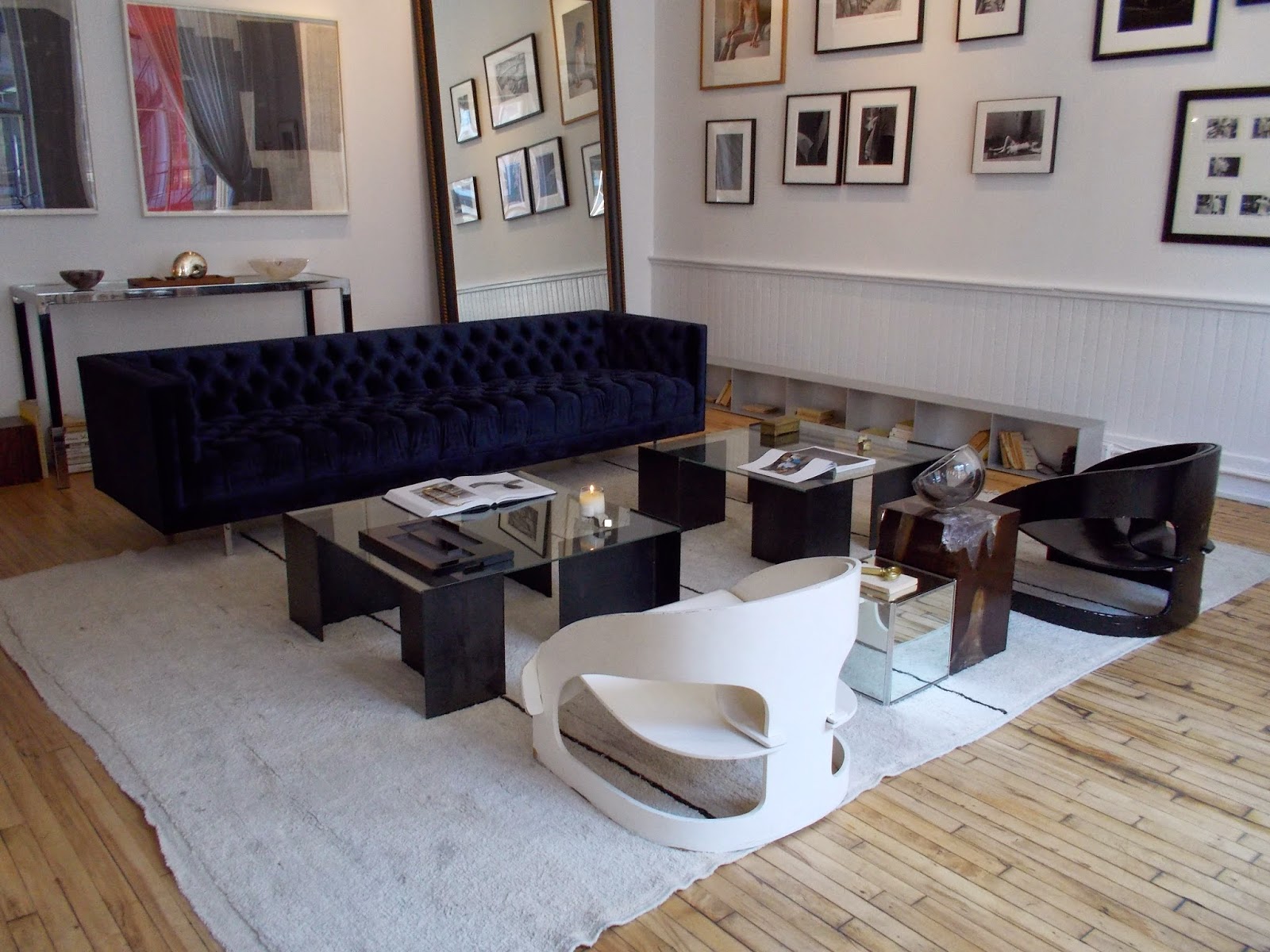(Designer Stella McCartney after her Spring 2015 show. Photo from style.com)
It is also tempting to blame the ubiquitous yet poorly understood "normcore" trend from last year -- when everything and everyone were suddenly "normcore" (much like TV anchors who want to appear hip by calling everything a "selfie"). But these two movements are distinct even though they do share the surface appearance of faded jeans and sweatshirts: normcore is a trend precisely because it is self-consciously perpetrated by the very young, very thin, and very fashionable. Everyone else dressing in white sneakers and hoodies looks like normal mid-American frump, that has been the basic default of the non-fashion crowd who have never heard of Zeline. They are not participating in the fashion moment; their trappings have been appropriated by those who could do so while looking distinct.
In a way, normcore is more akin to "no makeup selfies" and "woke up like this" hashtags: because of course millions of women do not wear makeup on a regular basis, like they don't wear or even have interest in high fashion. But for them no makeup selfie would not be an exercise in vanity, just because most of them (us) would look like normal middle-aged women not wearing makeup, to the consternation of beauty experts everywhere. They would not provoke a flood of Instagram likes, they would not look like a humblebrag, because there's nothing flattering about them (and flattering is the unspoken expectation of #wokeuplikethis). To reject makeup (or fashion) is to announce having had access to those things in the first place -- it is the tortured, self-conscious refusal by those who do not have to refuse, like those clothing fasts and shopping bans that were all the rage a few months back. We can only refuse what we have to begin with: most of us cannot be normcore because to refuse the high-fashion labels one has to have access to them in the first place.
Then there is also looking like your refusal is intentional and not coincidental -- hence the very young and very thin; everyone older and heavier would simply look like a mom who has given up, thus ultimately failing in the main intent: separating oneself from the hassled masses while pretending to look like one of them. It's a tricky thing to pull off, and impossible for anyone who does not meet this very narrow criteria. Unless you are a model-looking twenty-something or Emmanuel Alt, slapping on a pair of mom jeans would not make you look high-fashion (or French). It is not individuality via anonymity, the battle-cry of normcore enthusiasts, but rather a demonstration that some women manage to look amazing no matter what. Which is all good and fine, but I think it is quite important to realize that this is what sets normcore apart from that other thing.
And that other thing, comfort and wearability and comfortable familiaty Horyn is talking about, is certainly not bad -- it is still about beauty, I think, but the beauty all of us not blessed with genetic and chronological gifts can indulge in. I can appreciate looking good in a beautiful, simple sweater and a pair of slacks. Not normcore, certainly, as instead of refusal there is a desire to embrace -- a different aesthetic perhaps, but an aesthetic external to the wearer of clothes. This is to say, normcore seems to be more of a personal characteristic, while normalcy of fashion is indeed a moment that exists for everyone to participate in. Whether it's a ood or a bad thing -- only Cathy Horyn knows.




















































.JPG)
.JPG)
.JPG)